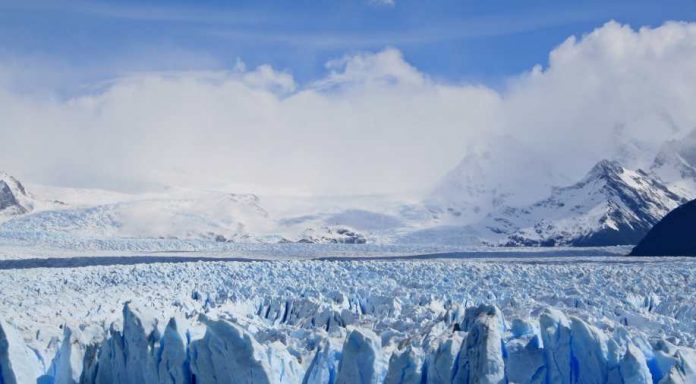US, Chinese researchers have found 28 new groups of ancient viruses buried deep within a cold slumber. The viruses were discovered inside the cores of a 15,000-year-old Guliya ice cap on the Tibetan Plateau.
Studying bacteria found in glacial ice dates back to the early 20th century, though it really took off in the 1980s and ‘90s when the Vostok ice cores were recovered from East Antarctica from a depth of 3,623 meters (11,886 feet). Studying microbes, bacteria, and viruses frozen deep in ancient ice gives us a window into the environment and climate conditions of long ago.
However, as multiple studies have shown. It’s difficult to keep these samples pristine and uncontaminated by anything remotely modern. The two ice cores studied were collected in 1992 and 2015 respectively, and neither was contamination-free – on the outside at least. Instead, to access the inner core, they had to use a sterilized saw and a room set to -5°C (23°F) in order to shave away layers until they could reach the uncontaminated ice.
The team used this opportunity to establish what they call “ultra-clean microbial and viral sampling procedures” for glacier ice, and to provide foundational datasets for other scientists studying ice cores. Using microbiology techniques, they tested these samples and discovered 33 groups of viruses across both cores.
“The microbes differed significantly across the two ice cores,” they wrote in the study, “presumably representing the very different climate conditions at the time of deposition.”
Investigating the mystery virus groups is vital now as climate change threatens this type of sampling on two fronts. Ice cores help us to not only document ancient bacteria but also understand the climate that allowed certain microbes to thrive at those times. The widespread and well-documented melting of glacier ice means that not only may these pristine samples not be around in the future, but the melting may release long-dormant pathogens that we have no resistance to.
“At a minimum, [ice melt] could lead to the loss of microbial and viral archives that could be diagnostic and informative of past Earth climate regimes,” the study authors say. “However, in a worst-case scenario, this ice melt could release pathogens into the environment.”















